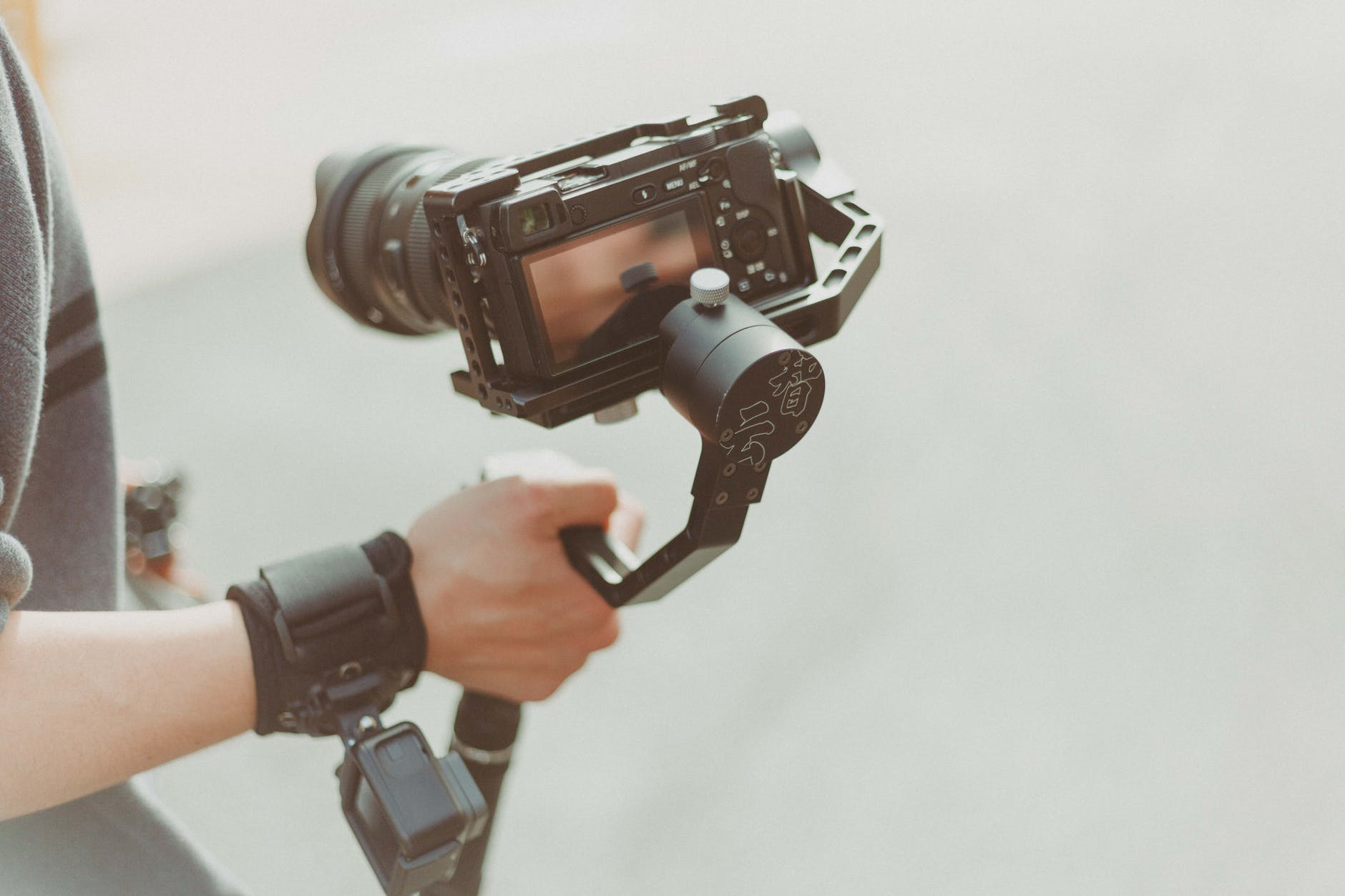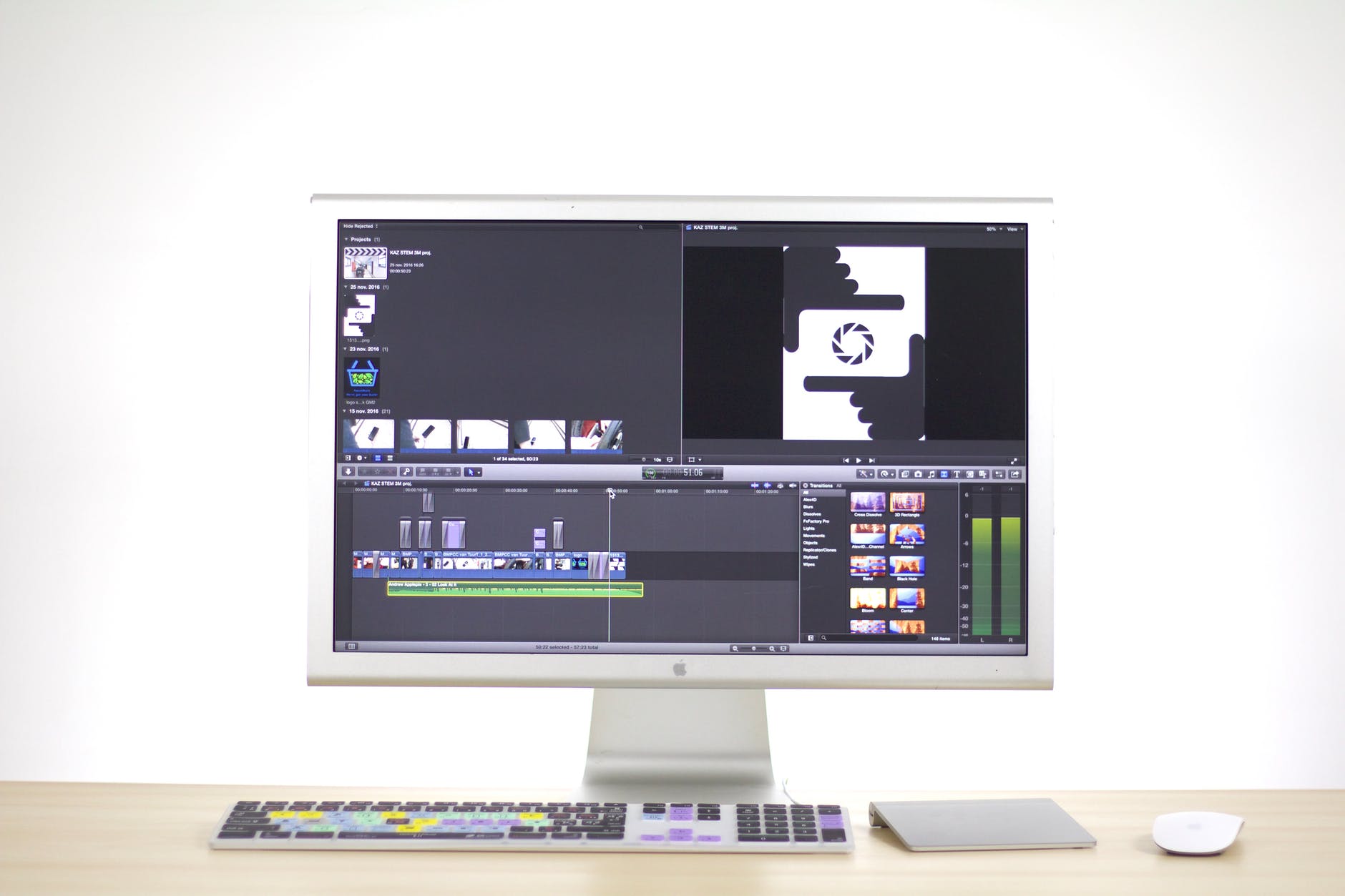A Detailed Guide for Every Video Production Project
digital marketing,

What should you do whenever you have a video production project?
- Equip yourself
- Pre-Production
- Production
- Post-Production
School film festivals and amateur film competitions are home to many video projects that are beautiful and yet made by people who have little experience at it. When compared to video production projects that are made by a digital marketing agency in the Philippines, their procedures are similar however different in a variety of ways as well.
If you are ever planning on executing a video production project, here is a detailed guide to help you make it be of the highest quality as possible:

Equip Yourself
When it comes to video production, you will have to equip yourself heavily. Photographers and videographers alike are somewhat known for their obsessiveness when it comes to their gear. And though being obsessed with their gear has a negative connotation, those who are serious when it comes to video production see it as an advantage.
First of you will need four key things, a camera capable of shooting videos, a microphone, a high-performance computer, and video editing software. These three things are the basics of what you will need to do a project. For advanced videographers, there is so many more equipment that could be used. Some of which are tripods, racks, different lenses, external monitors, and the list goes on and on.
You don’t necessarily have to buy all of this other equipment if you feel like you will need them. For those starting out and wanting to try them, renting them out is a more affordable and efficient option.
Once you are fully equipped with the necessary equipment, you can now start with the first part of every video production project: Pre-Production!
Pre-Production
This part of the project is basically the planning stage of the whole thing. You should solidify everything conceptually, schedule the shoots, finalize the locations, and finish your script. To be more specific, here are a few steps to follow during the typical pre-production process:
Develop your Video strategy
Before the conceptualization of the story and writing of the script, you must first identify the reason behind your video. Create buyer personas that will stand as the people that your video targets. Identify what the core message behind your video should be. And of course, set the budget.
Make sure that you have a solid grasp of what you want your video to bring to its audience as this will affect the other phases deeply.
Conceptualization
After you’ve finalized your video strategy, it is time to conceptualize the video itself. The best thing to do here is to brainstorm ideas. Take inspiration from other successful videos, while also looking for a way to be unique. Make sure you can embed the core message into the video idea.
Write the Script and Create a Storyboard
Once a concept is chosen, the script must now be made. This is one of the most important and hardest tasks of the whole process, so it would be best to leave this to an expert, or for the first-timers, someone who has a good grasp of storytelling.
The script should undergo a lot of critique and suggestions until it can be considered as a refined one.
When the script is finalized and approved, it is now time to create the storyboard, a storyboard is basically the script put into visualizations scene per scene. It doesn’t need to be expertly made, but it should be understandable enough to be used as a visual guide of the shots.
A storyboard is not always necessary, but it has its uses for those who prefer visual guides over written ones.
Schedule the Shoot
Once the script is all set, all that’s left to do is to schedule the shoot. Make sure you take into consideration the people who will be acting, the technical crew, the equipment, and of course the location in which you will shoot. Remember to scout the location and secure it early.
In the Philippines, a digital marketing agency is the one that does this phase. They are usually equipped with the mindset and the resources to execute this fast and properly.

Production
All of the conceptualization, strategy, and planning will ultimately lead to this. In the production phase, the most important thing to remember is to be as flexible as possible. when all goes well, the people executing the shoot will only follow the script and their job is done.
Here are a few tips to make the most out of this phase:
- Take your time with shooting the scenes.
- Apart from the perspective in the script, try looking for other angles that might fit the scene better.
- Shoot random things in the location. this can be useful for transitions and filler moments.
- Always check the audio for the video. Some cameras have relatively in-built mics use standalone recorders or attachable mics to improve audio quality.
Post-Production
After everything has been shot, the only thing left to do is to piece everything together through editing the video. Depending on the complexity of the video, this might just be the most time-consuming phase among the three that have been mentioned. Here is a short breakdown of the Post-production phase:
Video Editing
This is what takes up the most time in the Post-Process phase. It largely depends on the skills of the editor that is doing it. An expert would be fast while maintaining a high quality of work, while someone who does this occasionally like an amateur filmmaker, would spend long hours to match up the quality of work a professional can do.
In this phase, the shots and the script are fused together. The editor basically makes the video as short as possible while still retaining all the necessary information. When done correctly, the video will become easy to understand while staying visually interesting.
Lastly, the editor makes sure that the core message is embodied within the video.
Most of the time video editing will be filled with revisions from the producers, but that is considered a small back step from the amazing efforts that a video editor goes to beautify the end product.
Add Special effects, Graphics, and Music
Only when necessary, it is also part of the post-production phase to add special effects that would enhance the video. Sometimes graphics and music are also added to add a bit more depth into the video.
Key Takeaway
A video project can be as easy or as complex as what they want it to be. Simple videos for amateur films and projects are easy to make when compared to videos that will be used for marketing purposes. Hopefully, this guide will enlighten you about the bare basics of what a digital marketing agency in the Philippines does when working on a video production project!





